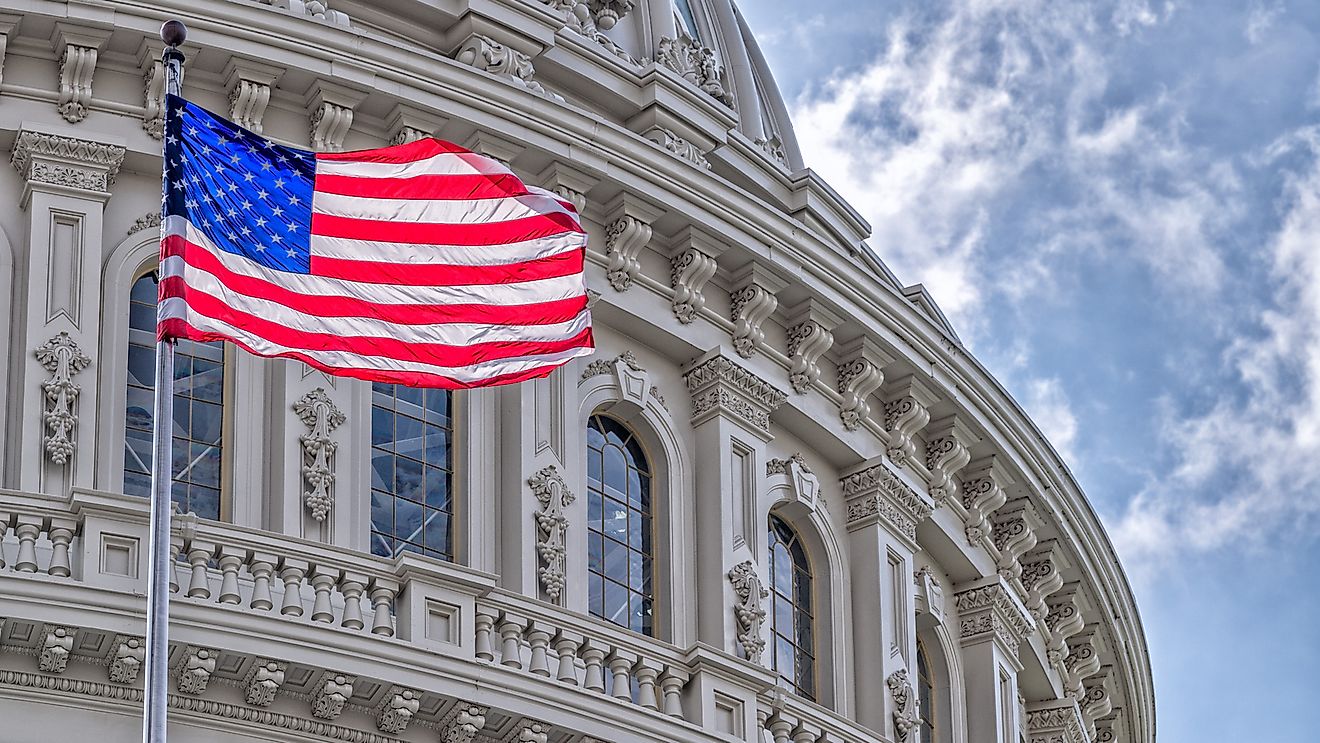What Is An Executive Order?

An Executive Order is a means by which the President of the United States of America can bypass the legislative branch of the government and enact his or her own policy agenda. The power to utilize an executive order stems from The Constitution, in Article II, where the presidency is given a “grant of executive power.” The use of executive orders often causes controversy, especially by the opposing party of the President. However executive orders have been used by all Presidents, from George Washington through Barack Obama and including the current President of the United States.
The executive order is an important tool for the President, as he or she acts as both the head of the government and head of state but does not have legislative powers. They can be used, as can proclamations or memoranda, to effect action within the government while circumventing the Congress. Similar to legislation, executive orders are subject to judicial review by the third branch of the U.S. government, however historically, most executive orders have withstood judicial scrutiny. Only two executive orders have been overturned by the judicial branch.
The first that was overturned was an executive order by Truman in 1952: this order placed all the steel mills in the country under federal law. It was overturned by the Supreme Court because the order was understood as attempting to make a law, rather than clarify a law.
The second overturned order is one from 1995, when President Clinton used the tool to prevent the federal government from entering into contracts with organizations who hire replacements for workers who are on strike. This executive order was seen as regulatory in nature and thereby preempted by the National Labor Relations Act.
The only other way to overturn an executive order is for a President to do so. Occasionally an incumbent President will issue an executive order that legally reverses a predecessor’s executive order. Congress can also pass a law to cut funding for an executive order’s implementation, however that law still has to be signed by the President, who can veto it when it comes across his or her desk.
An example of the reversal mentioned above is President Ronald Reagan’s executive order in 1984 to keep federal funds from advocating abortion. President Bill Clinton reversed this executive order in 1993 when he took office.
Several controversial occurrences have been due to executive order: the Japanese-American internment camps during World War II were a result of an executive order, as was the barring of racial discrimination in federal housing, hiring, and contracting (in the 1960s).
President Franklin D. Roosevelt has made the most executive orders, with over 3,700 orders made. President Theodore Roosevelt brought the executive orders into more widespread use than his predecessors. Prior to Teddy Roosevelt, most presidents made between single digits and under 200 executive orders. In contrast, President Teddy Roosevelt issued over 1000 executive orders. The trend to use them has continued since that time.











